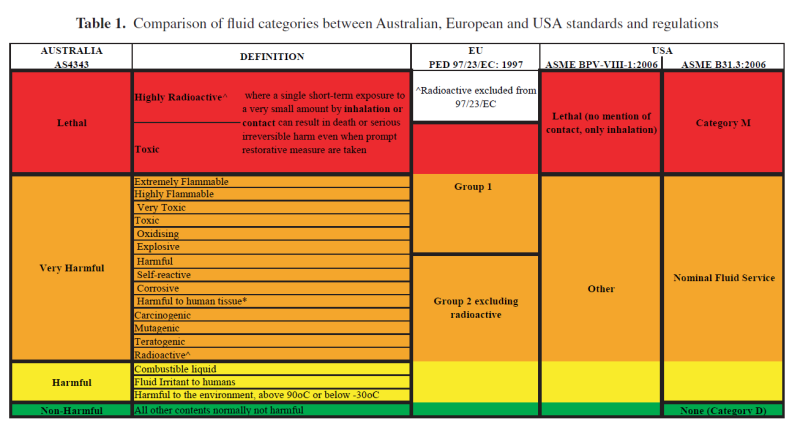Joss10
Mechanical
- Dec 27, 2012
- 108
Should it be taken as "lethal fluid" for PV calculation purpose.
Any input will be appreciated.
Any input will be appreciated.
Follow along with the video below to see how to install our site as a web app on your home screen.
Note: This feature may not be available in some browsers.

